I'm a sleep writer – here are the 3 sleepmaxxing methods I’d actually recommend
TikTokers are going to the extremes to maximise their sleep, but is the effort worth it?
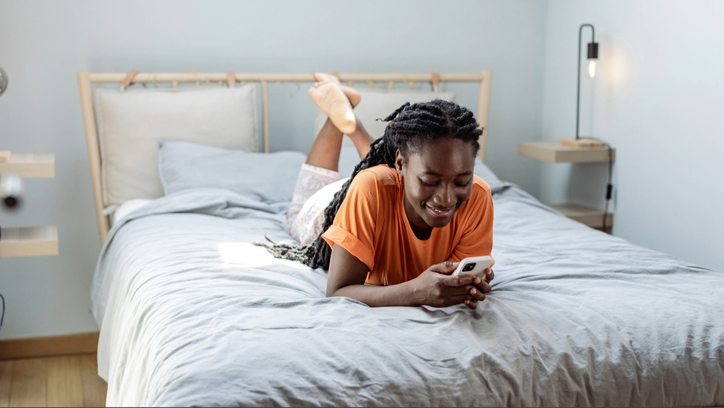
From investing in one of this year’s best mattresses to anti-snoring devices, we have plenty of tried and tested methods to improve your sleep, but thanks to social media more obscure sleep trends are on the rise. The current trend of ‘sleepmaxxing’ sees TikTokers promote different methods to improve your sleep routine and get the perfect night’s sleep.
As the term suggests, sleepmaxxing is about maximising the quality of your sleep and the benefits you get from it. Sleepmaxxing methods range from strapping up your chin to eating kiwis as a bedtime snack and wearing all manner of beautifying sleep products which are removed in what content creators are calling a ‘morning shed’.
According to the 2024 Sleep Prioritization study by the American Academy of Sleep Medicine, TikTok is now a key source informing American nighttime routines. But I’ve combed through science journals and got expert advice from Amie Alexander, registered dietician at NutriPeak, to determine which viral sleepmaxxing methods are actually worth trying.
What is sleepmaxxing?
Sleepmaxxing is the TikTok term for sleep optimization. It describes the practice of seeking perfect sleep through traditional sleep improvement methods, along with some questionable sleep myths and measures (mouth taping and chin straps, we’re looking at you).
According to the American Time Use Survey, the overall national sleep time has increased over the past two decades and Americans are more concerned with their sleep health than ever. With this desire for more rest comes the relentless effort to perfect sleep routines.
@garrettsalem ♬ Cult Classic (Sped Up) - ta2cute
Sleepmaxxers are doing everything possible to eliminate distractions or obstacles that could negatively impact their rest, and introducing routines and products that claim to improve sleep quality.
Those jumping on the sleepmaxxing trend are using and prompting viral sleep-focussed products like magnesium foot spray, mouth tape, chin straps and sleep trackers in the pursuit of flawless sleep.
The morning shed
Part of the sleepmaxxing trend are intensive overnight beauty routines that take the idea of beauty sleep to a whole new level.
There are over 70 million views under #morningshed on TikTok. In these videos, content creators show themselves removing all the skin, hair and self-care products they slept in the night before.
Think: overnight collagen face masks, wrinkle patches, depuffing under-eye gel pads, lip masks, mouth tapes, jaw straps, hair wraps and heatless curlers. This trend is based around the concept that the uglier you go to sleep, the prettier you wake up.
@maytexmyers ♬ once upon a dream - 🎧
It might look extreme, and the evidence of these beauty routines having any significant results is yet to be scientifically proven, but if the morning shed is providing young people with a morning and nighttime routine away from digital devices, I wouldn’t say there is any harm in it.
Whether perceived aesthetic results and improved sleep quality are placebo effects or not, a sleep routine always helps regulate the circadian rhythm.
In our experience, if you're serious about sleep, choosing a mattress that's right for you is the first step. But there are some sleepmaxxing hacks worth your time...
Which sleepmaxxing methods are worth trying?
Magnesium supplements
Although it is recommended as part of the sleepmaxxing trend, supplementing magnesium is no new kid on the sleep block. People are generally aware that magnesium is an integral part of regulating sleep-wake cycle as it supports melatonin production. Amie Alexander explains: “Magnesium helps with the activation of the parasympathetic nervous system, hence promoting rest.”
She adds that oral supplements are one the of the “most common and effective” ways of raising magnesium levels within the body. However, Alexander emphasizes the importance of sticking to the recommended dosage to avoid side effects such as diarrhea or stomach cramps.
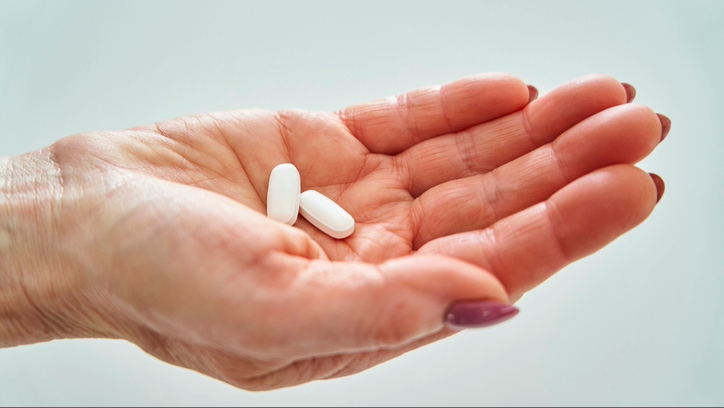
My verdict? As an essential nutrient that the body needs for bone, heart and digestive health, with the additional benefit of a calm nervous system, there is no harm in taking magnesium supplements for better quality sleep.
Though I would always recommend getting nutrients from whole foods in your diet before turning to supplements. Magnesium can be found in dark chocolate, leafy green vegetables, fish, nuts and whole grains.
Magnesium foot spray
Based on the assumption that magnesium could be better absorbed through the skin rather than via the digestive system (remember the gastrointestinal problems of high doses), a newer, up-and-coming use for magnesium oil spray is application to the feet. However Alexander warns there is little scientific evidence regarding its effectiveness in this purpose for sleep.
She says: “Several anecdotal reports indicate improvement in sleep. But research concerning actual skin absorption is not conclusive. More studies have to be done to confirm that indeed this method is effective, compared to oral supplements, in improving sleep.”

Although the science is lacking, people are applying the spray to their feet due to the thinner skin and high concentration of blood vessels and sweat glands in this part of the body – so the logic behind it is sound.
Therefore, if you are seriously struggling with your sleep and find oral magnesium upsets your stomach, magnesium foot spray is worth a try. With no harmful side effects, we’ll trust the TikTokers on this one.
Sleepy girl mocktail
This TikTok trend has been around for some time now. It was first coined by Calee Shea who posted a video of her making the three-ingredient, supposedly sleep-inducing beverage in January 2023.
Our sleep science coach Claire Davies weighed in on whether the sleepy girl mocktail works earlier this year, coming to the conclusion that yes, the mocktail includes sleep-friendly ingredients including tart cherry juice (which contains tryptophan and melatonin) and magnesium. But it’s not guaranteed to help you ‘sleep like a baby’ as TikTok claims.
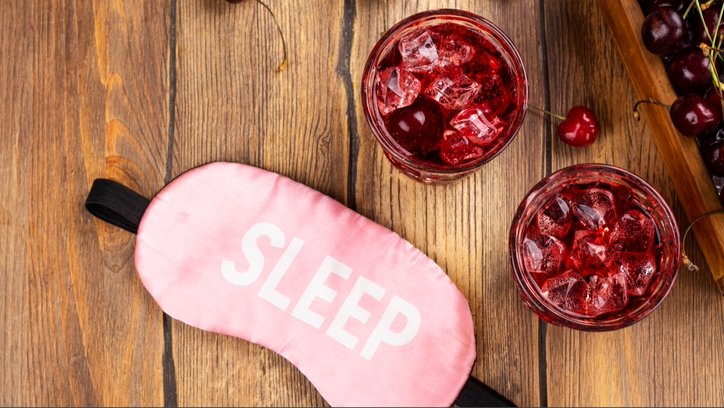
Nutritionists are also skeptical. Dietician Courtney Kassis points out the high carbohydrate and sugar count and lack of protein in tart cherry juice. She says just 8 oz can equate to your day’s worth of sugar right before bed, which can cause a blood sugar spike causing you to wake up during the night.
She also warns that people jumping on this trend use the wrong type of magnesium for sleep. Magnesium glycinate and L-threonate are favored for sleep, yet many people use citrate which will prompt trips to the bathroom throughout the night.
I’d rather stick with a bedtime peppermint tea, but if the sleepy girl mocktail is your bedtime beverage of choice it’s not going to do any harm.
Mouth taping
Mouth taping has been on our feeds for some time now and it is resurfacing within the sleepmaxxing trend. Advocates of this sleep tactic claim it promotes deeper, more restful sleep by stopping snoring as you are forced to breathe through your nose.
While the science behind mouth taping specifically is limited, there are, admittedly, logical reasons for why it should have health benefits. Breathing through your nose at night is known to help filter allergens in the air before they reach your lungs, keep your throat and mouth moist and lessen the chance of snoring. Whereas mouth breathing while you sleep can lead to asthma, bad breath, tooth decay and allergic reactions.
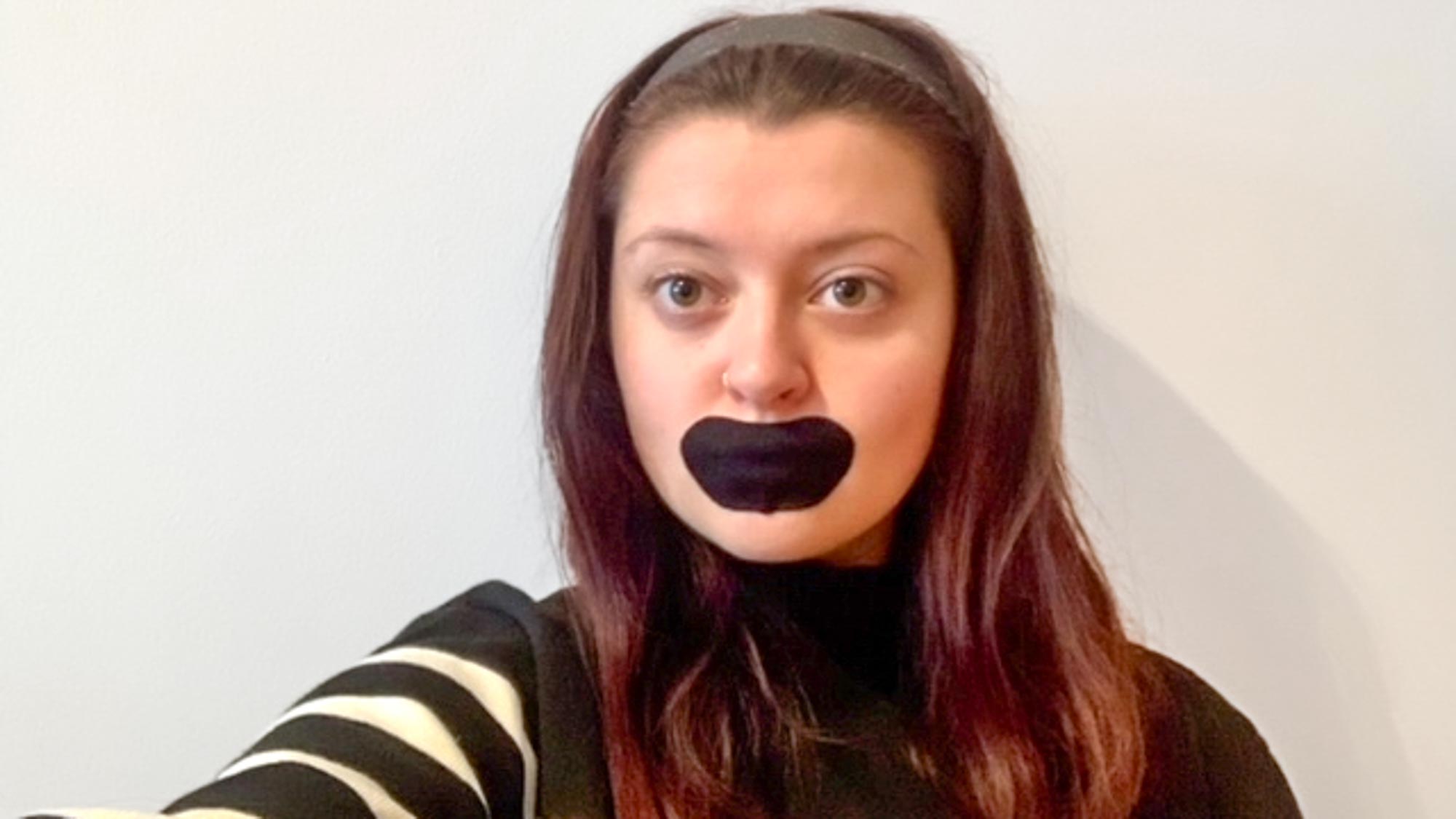
But our experience of hostage mouth tape wasn’t very promising. The Tom’s Guide sleep team have tested this method, and the overall consensus is to leave the mouth tape alone.
Our team members reported feeling anxious and panicked when sleeping with the tape over their mouths, and woke up to pull it off. It certainly didn’t provide the restful, undisturbed sleep promised by mouth tape brands. So, my advice would be to avoid this ‘sleepmaxxing’ trick.
Two kiwis before bed
Alongside age-old sleeping tips – like a cold room temperature, white noise, a pitch black room, daily sunlight and no caffeine after 3pm – in his sleepmaxxing guide video, health coach Garrett Salem recommends precise instructions of eating two kiwis before bed.
A 2023 study by researchers from Sport Ireland Institute and the University of Limerick found clinically significant improvements in sleep quality as a result of consuming 2 medium-sized green kiwifruit an hour before bed.
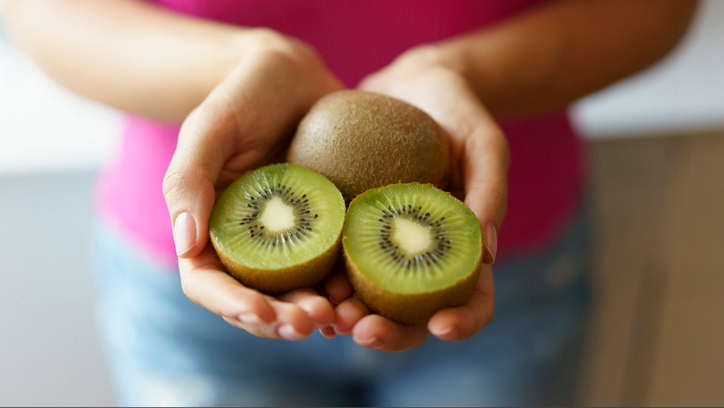
So with the science there to back this sleepmaxxing method, I wouldn’t write it off. As far as bedtime snacks go, kiwifruit is not a bad option. Packed with vitamin C, vitamin K and antioxidants, they are proven to support a healthy heart, skin and bones, alongside promoting immunity and digestion.
Plus they are low in calories and naturally sweet, making them a good alternative to bedtime sweet treats packed with refined sugar.
Chin straps
Promising to “snatch” your jawline, improve the appearance of sagging skin and relieve snoring, many TikTok sleepmaxxers are jumping on the chin strap hype. These straps are essentially a piece of fabric that wraps around your head or ears to keep your chin in proper position during the night.
Many claim these chin straps help them get a more restful, snore-free sleep by correcting mouth breathing (similar to claims around mouth tapping). Some even go as far as saying they are like getting a budget-friendly facelift in your sleep, but are they really beneficial?
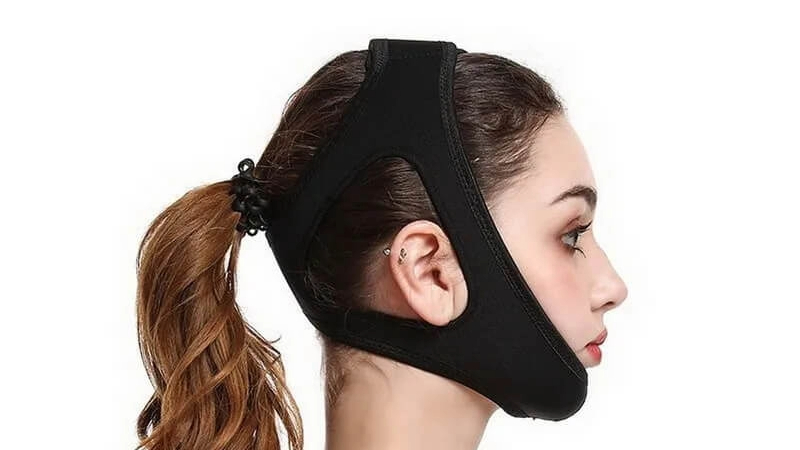
Most drastic physical changes to your face can only be achieved through plastic surgery or injectable fillers. Surgeons say the claimed benefits of chin straps are neither scientifically proven nor long-lasting. What’s more, a 2014 study published in the Journal of Clinical Sleep Medicine found chinstraps to be ineffective in improving snoring.
So, alongside being an uncomfortable contraption to sleep in, there are plenty of reasons I’d avoid chin straps. Without scientific evidence to back these TikTokers claims, I’d say chin straps are simply unnecessary.
The bottom line
Besides the obvious breathing risks associated with using mouth tape when you have a blocked nose, the extra sugar that comes with the sleepy girl mocktail and discomfort of a chin strap, these sleepmaxxing methods circulating TikTok are largely harmless. Plus there are legitimate, scientific reasons for why these methods should work.
Different methods will work for different people. But if I had to pick my top three recommended sleepmaxxing tactics, I’d say supplement an appropriate dose of magnesium, eat your kiwis and establish a sustainable nighttime routine to help you fall asleep faster and regulate your individual sleep-wake signals – be that with eye patches and a sleepy girl mocktail involved, or not.
Sign up to get the BEST of Tom's Guide direct to your inbox.
Get instant access to breaking news, the hottest reviews, great deals and helpful tips.

Eve is a PPA-accredited journalist with an MA in Magazine Journalism from Cardiff University. She is a Sleep Staff Writer at Tom’s Guide and has four years’ experience writing health features and news. She is particularly interested in the relationship between good sleep and overall health. At Tom’s Guide Eve is responsible for coverage and reviews of sleep tech and is our smart and cooling mattress specialist, focussing on brands such as Eight Sleep and Sleep Number. She also covers general mattress reviews, seeks out the best deals to produce tried-and-tested buyer's guides for sleep accessories and enjoys writing in-depth features about sleep health. She has been involved in rigorous testing procedures for mattress reviews in our Sleep Studio and has interviewed experts including sleep doctors and psychologists. When not covering sleep at Tom's Guide, Eve enjoys writing about health and fitness, food and culture.
